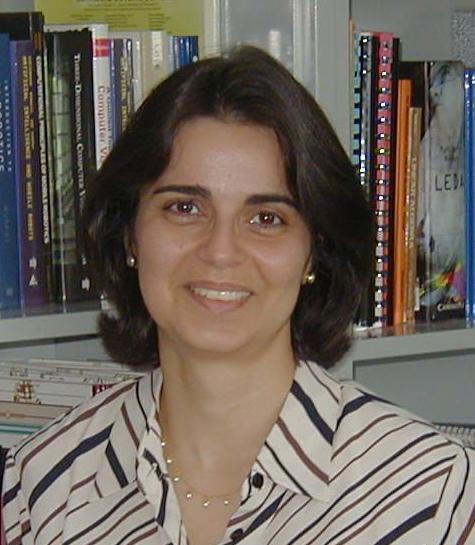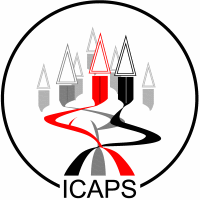Tutorial 4. Robot Motion Planning
Topic
Moving a robot from an initial to a finial configuration
without colliding with any of the obstacles in its environment
has been a core research topic in robotics over the last
decade. This tutorial begins by detailing the history of
motion planning punctuated by key complexity results. After
presenting some of the exact approaches, motion planning techniques
based on sampling are described. Sampling-based motion planners
have enjoyed a great of deal of practical success and attention
in the robotics community and this part of the tutorial will
focus on stating the key concepts, problems and describing the
state of the art.
Intended Audience
This tutorial is intended as an introduction to motion planning
for AI researchers. No specific knowledge of the area will be assumed
beyond basic probability theory and geometry.
Authors Information
 |
Lydia Kavraki is an
associate professor of Computer Science and Bioengineering at Rice
University. Kavraki received her B.A. from the University of Crete
in Greece and her Ph.D. from Stanford University in 1995. Her
research interests are in robotics, and geometric computing,
physical algorithms, bioinformatics and structural computational
biology. A unifying theme in her work is the investigation of
algorithms and system architectures for solving complex geometric
problems arising in the physical world. She is the editor of one
book and the author of more than seventy refereed
publications. Kavraki has received the NSF CAREER award, an Alfred
P. Sloan Research Fellowship, the Association for Computing
Machinery Grace Murray Hopper Award for her work on probabilistic
planning, the IEEE Robotics and Automation Society Early Career
Award, and was selected as one of world's top 100 young innovators
by the MIT Technology Review magazine in 2002.
|
 |
Andrew M. Ladd
Ladd is currently finishing his Ph.D. at Rice University.
While at Rice he has worked on localization with wireless
Ethernet, analysis of Probabilistic Roadmap Methods, parallel
motion planning algorithms, knot untangling with motion planning,
rope simulation for knotting, deformable models for fast image
segmentation and is currently working on motion planning with
dynamics.
|
Both Lydia Kavraki and Andrew Ladd will be involved in preparing the
tutorial material, while the actual presentation of that material will
be given by Andrew Ladd.
Tutorial 1
Tutorial 2
Tutorial 3
Tutorial 4
Tutorial 5
|


